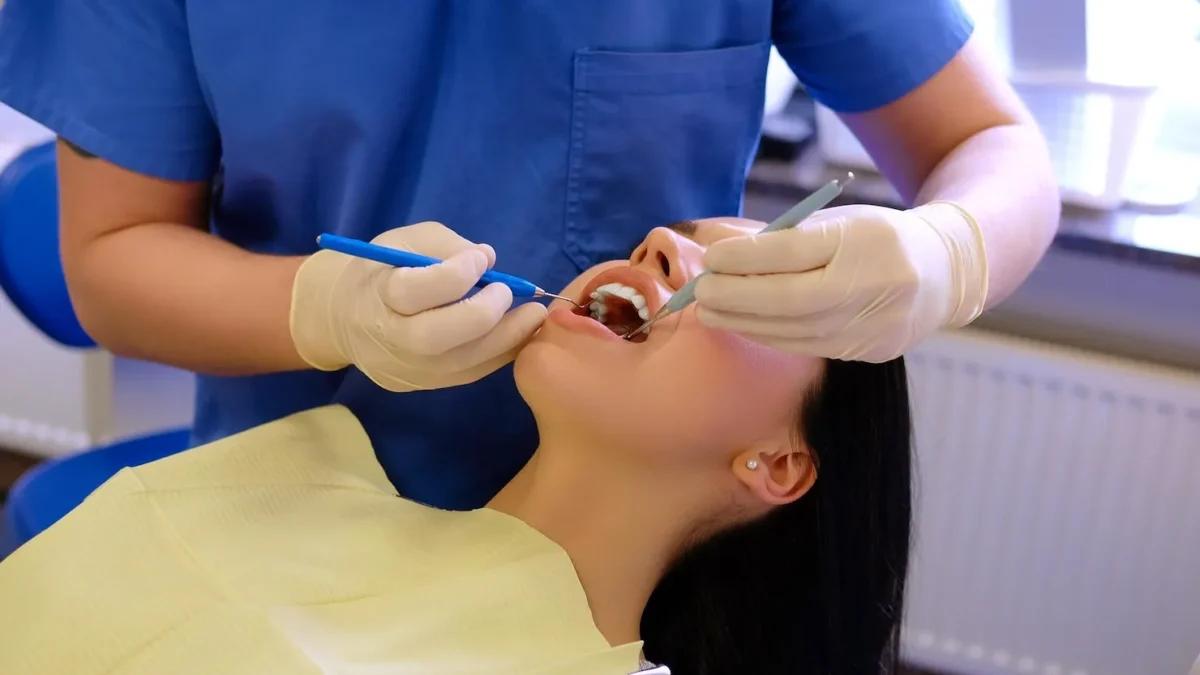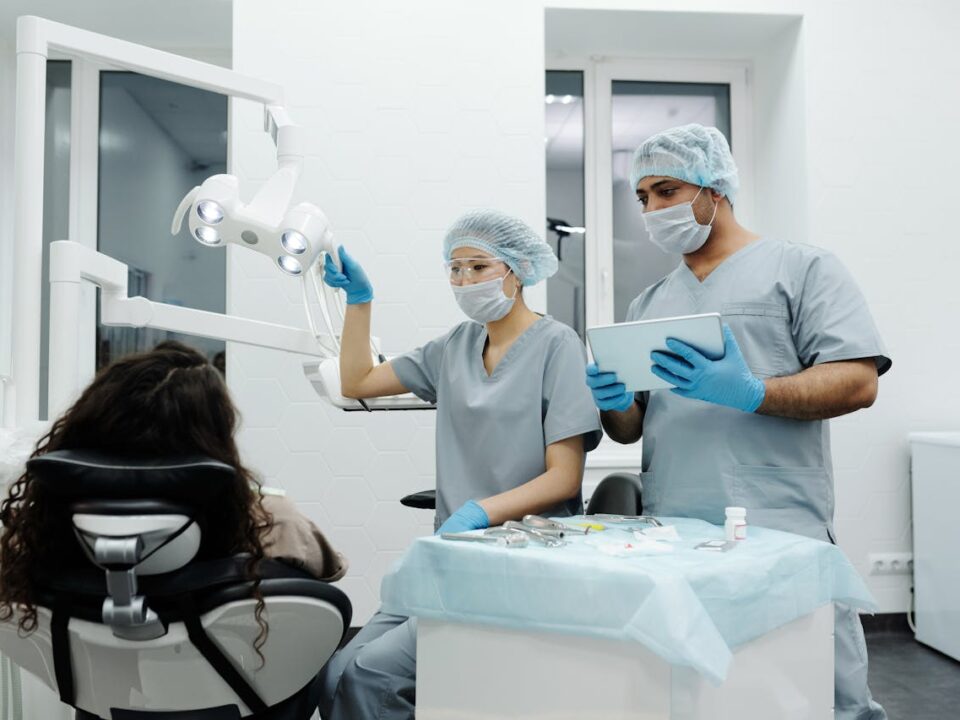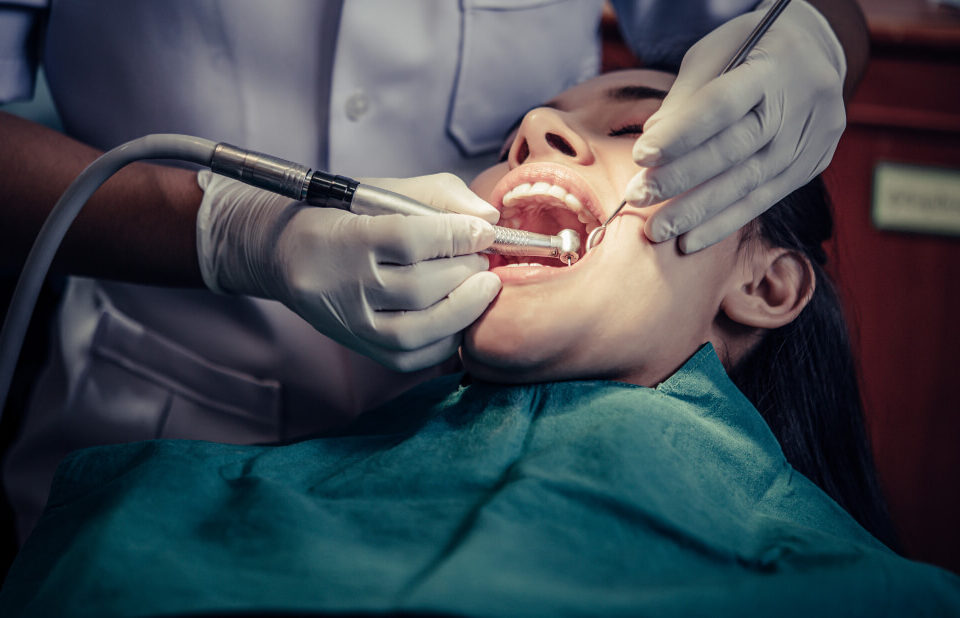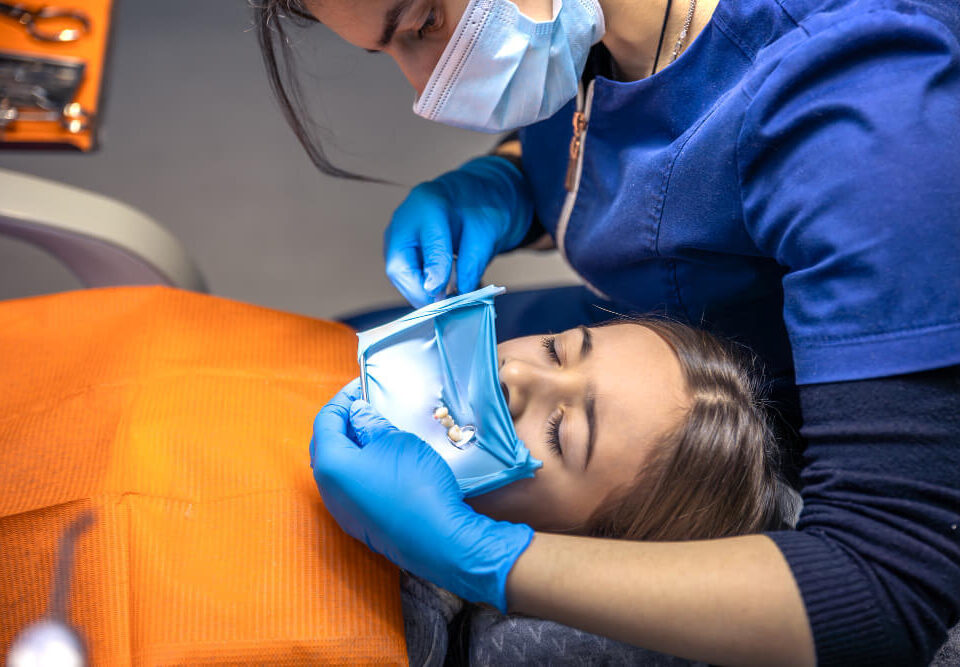
Is It Cheaper to Remove All Four Wisdom Teeth at Once? How Package Pricing Works
September 10, 2025
5 Smart Ways to Save on Wisdom Teeth Removal in Sydney
November 8, 2025
Table of Contents
ToggleAir travel and oral surgery rarely mix well in the first days of recovery. After an extraction, your body needs time to form a stable blood clot and calm the surrounding tissues. That window overlaps with the period when cabin pressure, dry cabin air, and long stretches of sitting can make symptoms worse. If you are mapping out surgery dates around a trip, treat the first few days as protected time. It also pays to budget for any itinerary changes, since shifting dates can affect fares just as much as the wisdom teeth removal cost on your treatment plan.
Why timing matters in the first 72 hours
The highest risk period for a dry socket is typically days one to three, when the blood clot is most fragile. Pain that seems to calm and then ramps up again in that window is a classic sign. Flying does not directly “cause” a dry socket, but pressure changes and dehydration can add discomfort and complicate care if bleeding restarts mid-flight. Planes are pressurised, yet even a routine flight can feel punishing during peak inflammation. Give the clot a chance to stabilise before you board.
Typical waiting windows
For a straightforward removal performed in the chair, many dentists advise waiting at least 48 to 72 hours before flying. That lines up with the period when pain and swelling usually start to ease. Surgical extractions, including many wisdom teeth cases, often warrant a longer pause of three to seven days, especially if bone was removed or stitches were placed. If your dentist has flagged a complex case or expects more swelling, aim for a week. These ranges sit comfortably within general travel-medicine guidance to allow recovery time after procedures. Always follow your clinician’s personalised advice.
Factors that might extend the wait

Sedation and pain control affect fitness to travel just as much as the surgery itself. After IV sedation or a general anaesthetic, standard Australian guidance is to rest, avoid alcohol, and not drive for 24 hours while the effects wear off. If you would need a connecting flight, heavy bags, or long walks through terminals in that period, push the trip out. Ongoing fever, persistent bleeding, or pain that worsens rather than settles are red flags that call for review, not a boarding pass.
Flying sooner than planned? Reduce the risks
Life happens, and sometimes a flight falls within those early days. If travel cannot be moved, speak to your dentist about a plan for pain control, what to do if bleeding restarts, and when to seek help at your destination. Pack spare sterile gauze, prescribed medicines, and a soft-foods plan. Stay well hydrated, skip alcohol, and avoid anything that causes suction in the mouth like drinking through straws. Gentle movement on board helps circulation without straining your jaw. These simple steps support clot stability and comfort.
Short-haul vs long-haul
A one-hour hop is not the same as a long-haul sector. Long flights add sleep disruption, prolonged sitting, limited access to cool compresses, and fewer options if a problem flares. If you are borderline on timing, prioritise delaying long-haul travel first. Airlines may also seek medical information where recent procedures raise questions about fitness to fly, so having a short note from your provider can smooth check-in if needed.
Planning surgery around travel
If a major trip is on the calendar, schedule your consult early. That gives you freedom to choose dates that respect recovery and still catch the fare you want. It also helps you plan for add-ons like imaging, sedation, and time off work, which can be as important to the budget as the cost of wisdom teeth removal itself. A clear quote with item numbers lets you confirm any health fund benefits before you lock in flights.
Medicare, sedation and documents to carry
Some Australians will receive Medicare rebates for eligible anaesthesia services when an anaesthetist provides IV sedation or the procedure occurs in a hospital setting. If that applies, ask for the relevant item numbers and keep copies of your treatment summary and prescriptions with your travel documents. A brief letter outlining the date of surgery, the medicines supplied, and contact details for your clinic is practical if you need care away from home.
What if the itinerary cannot move?
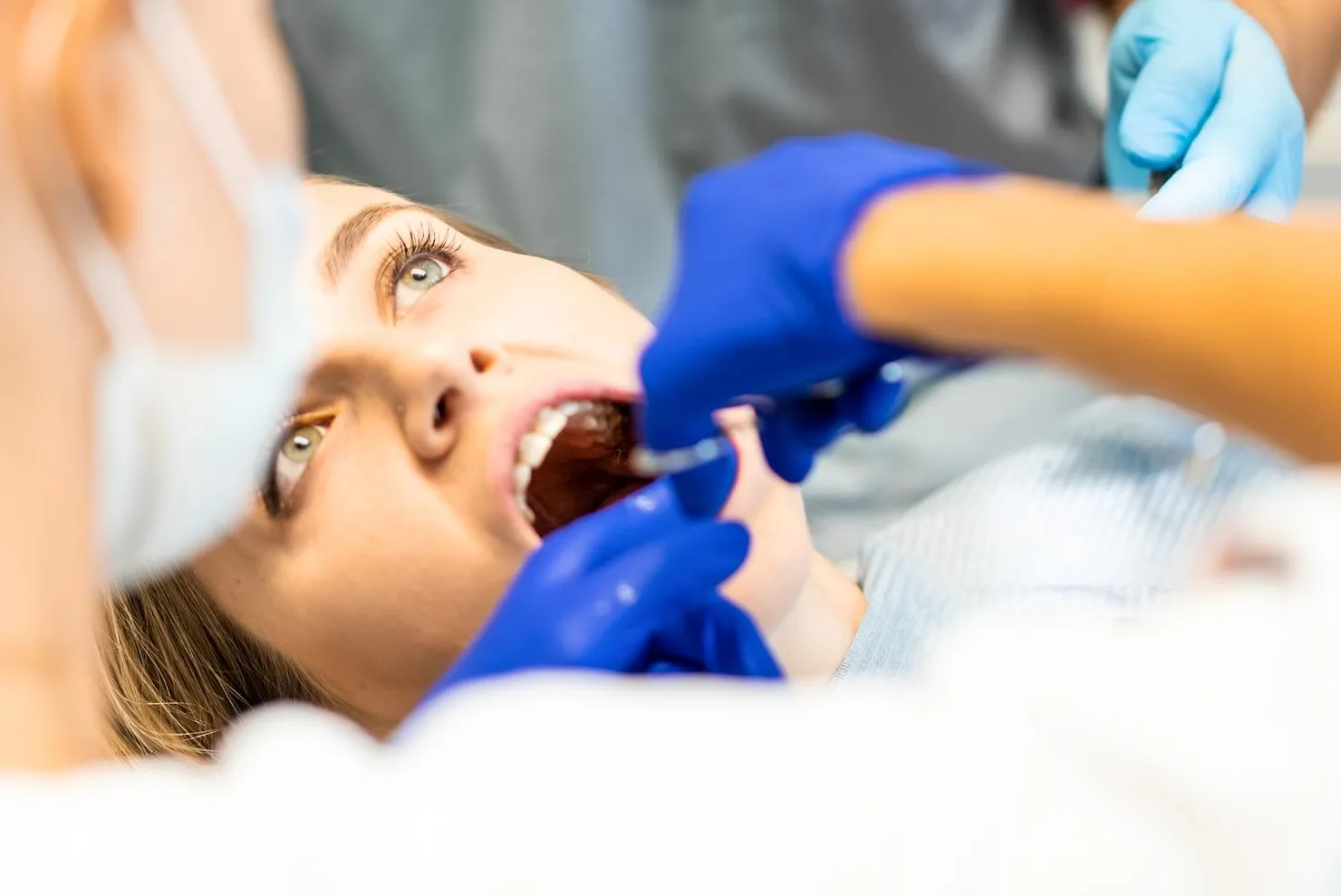
If your seat is booked inside 72 hours of a simple extraction, weigh the discomfort risk against the importance of the trip. For complex surgical removals, try to rebook if at all possible. When change fees and accommodation penalties enter the picture, patients often ask how much does wisdom teeth removal cost in an alternative window or location. Have that conversation with your clinic first; continuity of care during the first week usually outweighs small savings on travel.
A quick checklist before you fly
Confirm pain is trending down, not up. Make sure bleeding has stopped and swelling is manageable. Clear return-to-work and travel questions with your clinician, especially if stitches are in place. Keep soft foods, oral hygiene supplies, and analgesics in your carry-on. If you clench at night, consider a travel-friendly jaw support or extra pillows to keep your head slightly elevated during rest. These small steps improve comfort without complicating the affordable wisdom teeth removal wound.
Bottom line: make time for healing
Most healthy adults do best waiting two to three days after a simple extraction before flying, and about a week after a surgical wisdom tooth removal, unless your dentist advises otherwise. Complex cases may need longer. Plan conservatively, hydrate, avoid suction and alcohol, and keep your post-op instructions handy. If you are still pricing treatment, look for clear package information and ask exactly what a quoted wisdom teeth removal price covers so you can coordinate care and travel with confidence.
